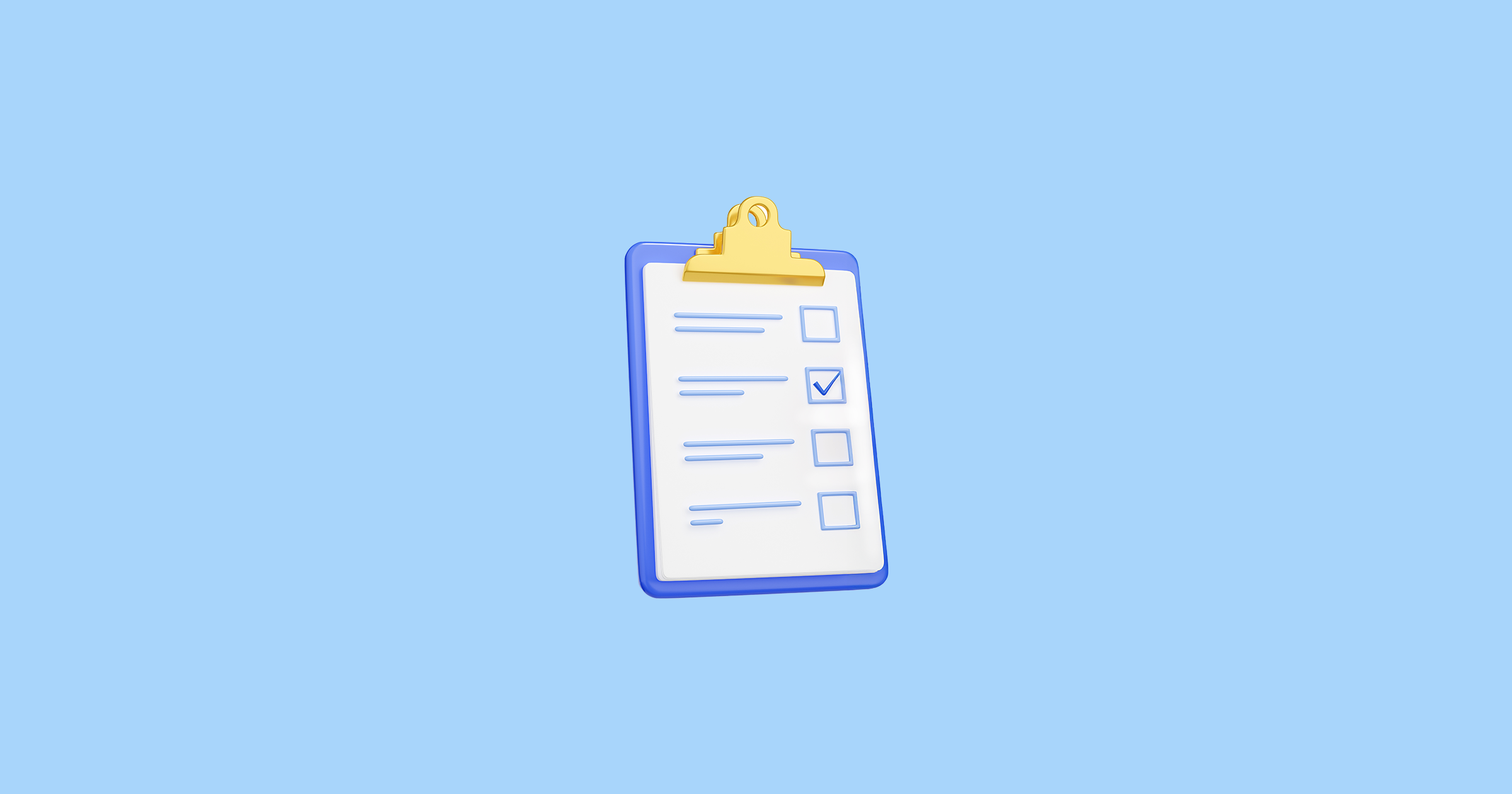Living off passive income is a dream for many. Imagine paying your bills and spending on wants while still having enough free time to do whatever you want, whenever you feel like it.
Many people attempt to achieve this in retirement through dividend investing, but is it truly possible to live off dividends?
To make this dream a reality, you must plan properly and put in the work as early as you can. Here are a few steps you can take.
1. Know how much money you’ll need
Start by estimating your retirement expenses. This amount will tell you how much you need to invest to potentially earn enough dividends for your needs.
- What’s your retirement budget?
You can use your current yearly salary or expenses as the baseline for your retirement budget. Then, adjust your budget to account for expected changes in your daily spending upon retirement.
For example, if you plan to move to a smaller home, you can include this in your projected housing expenses. Other costs to consider are utilities, food, transportation, entertainment, and healthcare.
Be realistic and comprehensive in your calculations and remember to factor in the effects of inflation.
- How much do you need to invest?
Using your estimated budget, you can try the formula below to figure out how much you need to invest to possibly earn enough dividends:
Annual retirement budget / projected yearly dividend yield (%) = Amount you need to invest
For example, say you expect to spend P1,000,000 annually and receive a total dividend yield of 4% every year. Here’s the calculation: P1 million / 4% = P25 million.
Based on this example, you’ll need to invest P25 million to get P1 million in dividends annually.
While the result can be daunting, remember that investing takes time and patience. You need to be consistent in setting aside money to achieve the investment goal.
This formula assumes you’ll live off cash dividends alone and won’t withdraw from your principal, since doing the latter will lower the earning potential. It also uses a certain dividend yield, which may differ from your actual annual yield.
Further, the amount needed might change if you’ll have other income sources, like a pension or other fixed-income investments. With more income streams, you won’t need to rely solely on dividends.
Note that taxes and fees can also affect your actual profits.
2. Find suitable dividend-paying investments
When choosing investments, keep in mind that dividend yield isn’t everything. You’ll want to look for investments with the potential to offer consistent payouts while also matching your risk tolerance and goals.
Here are some options to consider:
- Dividend-paying stocks
Some companies share profits with their stockholders through dividends. Before investing in a dividend-paying stock, it’s wise to look at the company’s track record of paying dividends as well as its overall financial health.
That’s because companies can choose to reduce, pause, or stop dividend payments especially in times of trouble.
Preferred shares may provide more assurance since owners of such shares are prioritized when it comes to dividend payments.
- Real Estate Investment Trusts (REITs)
REITs are corporations that own and operate income-generating real estate. Just like dividend stocks, you can invest in a REIT by buying its shares through a brokerage service.
REITs are required by law to pay out at least 90% of their distributable income as dividends. This means you’re sure to get dividends as an investor, but the amount you’ll receive will depend on the REIT’s performance.
- Income-paying pooled funds
Some pooled funds put money in dividend-paying investments then distribute the income to investors. You can consider these funds if you prefer a passive approach instead of picking stocks yourself.
Pooled funds let you invest in a lot of stocks at once, and so they tend to be more convenient and affordable than purchasing stocks individually.
3. Reinvest your dividends
Take advantage of the power of compounding to help you build your dividend portfolio faster. You can reinvest your dividends by buying more shares of a dividend-paying investment.
With more shares, you’ll receive more dividends which you can then use to purchase even more shares. Continue reinvesting until you reach your goal or need to spend the income upon retirement.
4. Consider the risks
Dividends aren’t immune to the ups and downs of investing. Economic conditions can change, and the performance of companies and investments may fluctuate as a result.
Additionally, unexpected life events can affect your financial situation, and your needs may change over time.
To stay prepared, it’s ideal to diversify by spreading money across different dividend-paying investments. You can even diversify across sectors and geographic locations.
A regular review will also allow you to check whether your investments can continue to pay dividends reliably and still meet your long-term needs.
It can help to create a dedicated dividend portfolio to help you keep track of your retirement goal, especially if you’re investing for multiple goals.
.jpg)



